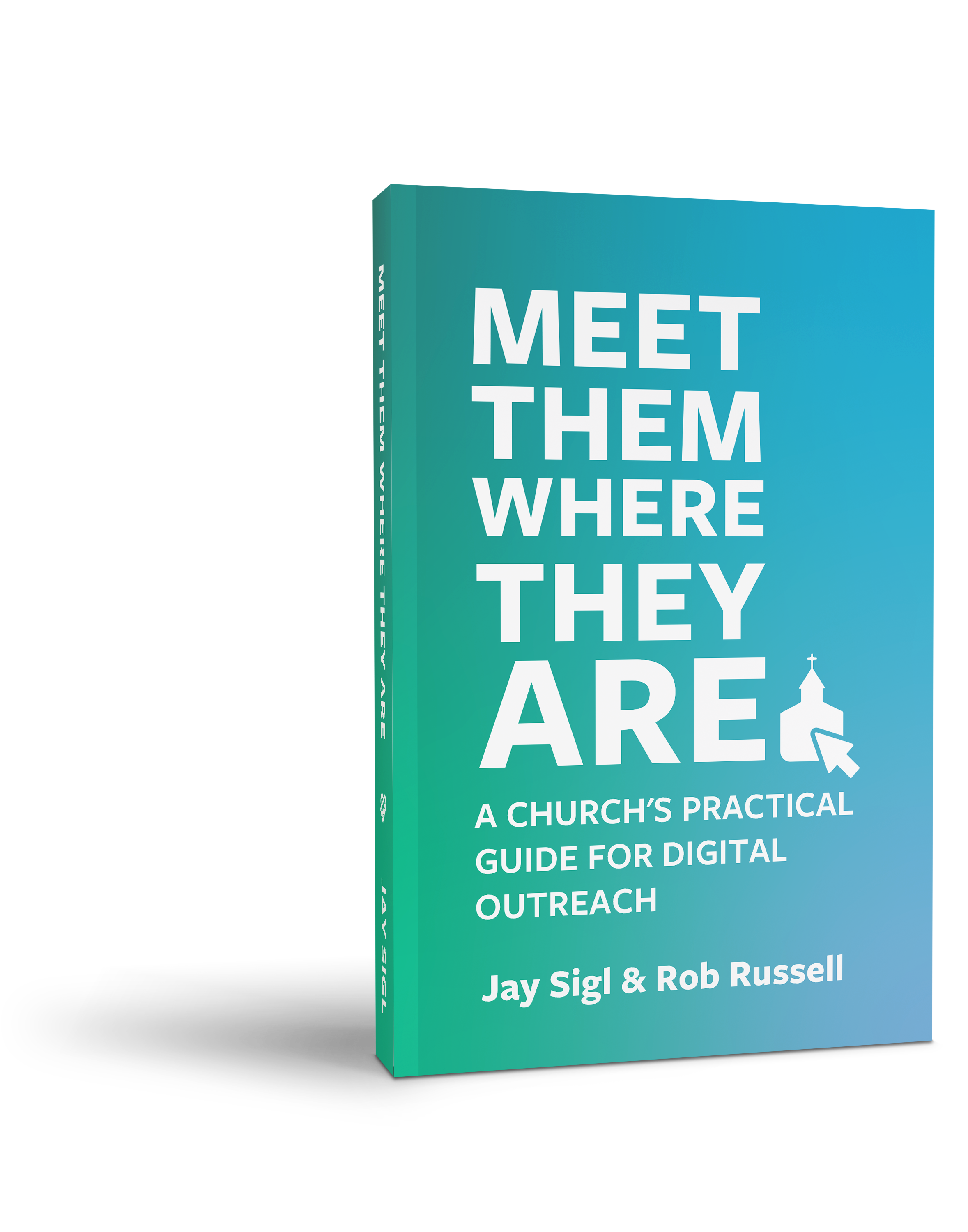The Art Of A Clear, Concise, And Compelling Church Email
Overly designed emails might look appealing, but a clear email will always be more effective.





Overly designed emails might look appealing, but a clear email will always be more effective.
.svg)
As a pastor or church leader, one of your roles is to create an inviting and warm atmosphere for both newcomers and regulars to your congregation. In our digital age, one critical way to achieve this is through well-structured welcome emails.
But, are you over-designing these emails?
Overly designed emails might look appealing (and maybe your church software boasts some nice looking templates!), but they often end up in spam folders or can be inaccessible for some users. If the message doesn't reach the people in and around your church, then it fails its purpose. So, how can you strike a balance?
Enter the art of crafting clear, concise, and compelling emails.
A minimalist email focuses on the message rather than the design. It's clean, accessible, and it gets straight to the point. For your church family, this could be a brief introduction to upcoming events, community service opportunities, or a recap of last Sunday's message.
Your subject line is the first thing recipients see and the primary incentivizer that affects how many people click to read your message. Make it engaging and relevant to encourage them to open your email.
Over-designed emails often trigger spam filters. By keeping your emails simple, you increase the chances of your message landing in the inbox and not the spam folder.
Not all of your church family will have the same level of tech-saviness. Simplistic emails ensure that everyone, regardless of their digital skills, can access and understand your message equally on their desktop or over their mobile phone
These emails combine the best of both worlds. They're primarily text-based but include essential elements like hyperlinks, your church's logo, and a clear call to action (CTA).
Use A/B testing to find out what works best for your congregation. Send one group a design-heavy email and another a text-heavy one. The response rates will give you valuable insights.
Remember, the goal of your emails is not to dazzle your congregation with design but to make them feel informed help them get connected into the life of your church. Clear, concise, and compelling emails can ensure your message is effective and welcoming.